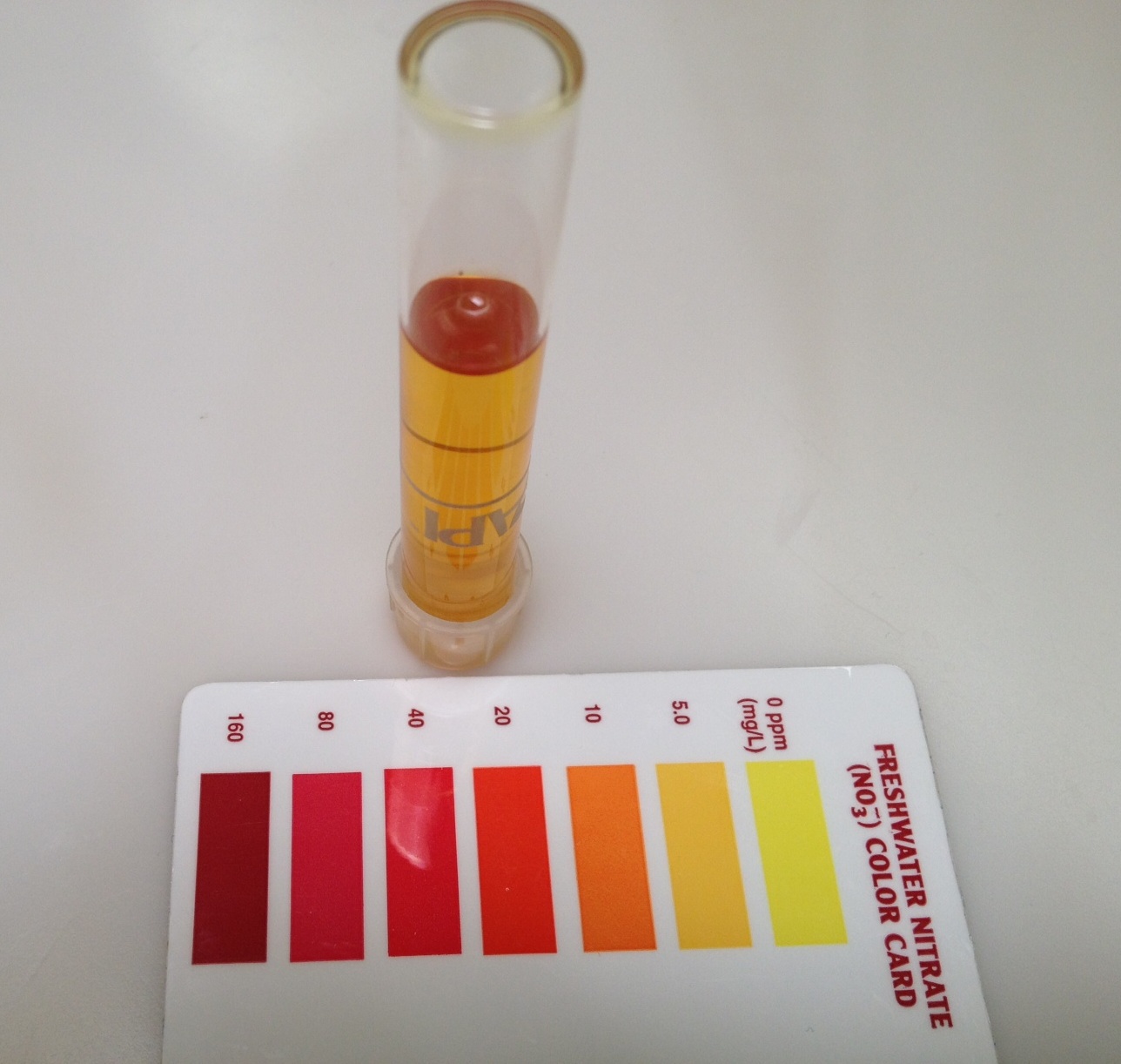
The Ultimate Guide: How to Test Water in Koi Pond Like a Pro
The Importance of Water Testing in Koi Ponds
Koi ponds are tranquil and beautiful water features that require proper maintenance to keep its inhabitants healthy and the water clear. One of the most important aspects of koi pond maintenance is water testing. Testing the water quality helps ensure a healthy environment for your koi fish to thrive in. But how exactly do you test the water in your koi pond? Read on to find out!
Understanding Water Chemistry
Before diving into how to test your koi pond water, it’s essential to understand the basics of water chemistry. Koi fish require alkaline water with a pH level between 7.0 and 8.5, as well as proper levels of ammonia, nitrite, and nitrate. Any imbalance in these levels can cause stress in fish and lead to illness or even death.
Tools Needed for Water Testing
To test your koi pond water accurately, you need some essential tools such as a water testing kit, pH meter, thermometer, and test strips. A water testing kit is a comprehensive tool that measures pH, ammonia, nitrite and nitrate levels in the water. A pH meter measures the acidity or alkalinity of water while a thermometer is used to measure the temperature of the water. Test strips provide a quick snapshot of the water’s chemical balance.
Step-by-Step Guide to Test Water in Koi Pond
Step 1: Collect Your Water Samples
Before testing, collect a water sample from your koi pond. Use a clean container and take the sample from the middle of the pond, about a foot deep. Avoid collecting samples from the surface, near waterfalls or intake areas, as they can affect the accuracy of the test results.
Step 2: Measure the Temperature
Use a thermometer to measure the temperature of the water sample. Koi fish prefer water temperature around 75-77°F (23-25°C). Any drastic temperature changes can cause stress or illness in the fish.
Step 3: Test for pH Level
Dip your pH test strip into the water sample for a few seconds and refer to the color chart included in your testing kit. The ideal pH level for koi fish is between 7.0 and 8.5. Any pH level below or above this range will have a negative impact on your fish’s health.

Step 4: Test for Ammonia Level
Using the same water sample, you can test the ammonia level by dipping another test strip in the water and comparing it to the chart included in the testing kit. The ideal ammonia level for koi fish is 0 ppm (parts per million). Any ammonia level above this range can cause ammonia poisoning in your fish.

Step 5: Test for Nitrite Level
Dip another test strip into the water sample and compare it to the chart to measure its nitrite level. Koi fish should have a nitrite level of 0 ppm. Nitrite levels above this range can cause nitrite poisoning and lead to fish death.

Step 6: Test for Nitrate Level
Finally, use another test strip to measure the nitrate level in the water sample. Nitrate levels should be between 20 and 60 ppm. Any nitrate level above this range can cause stress to your fish and lead to the growth of unwanted algae.

How Often to Test Your Water
Testing your pond water regularly is crucial to maintain a healthy environment for your koi fish. It’s recommended to test your pond water at least once a week or after any significant changes in the pond environment such as adding new fish, plants, or changing the filter.
Conclusion
Knowing how to test water in a koi pond is essential for every koi fish owner. Keeping a healthy water environment for your fish ensures they thrive and that your pond remains an attractive water feature in your garden. With the right tools, testing your koi pond water is simple and can be integrated into your pond maintenance routine. Make sure to test it regularly for the best possible results!